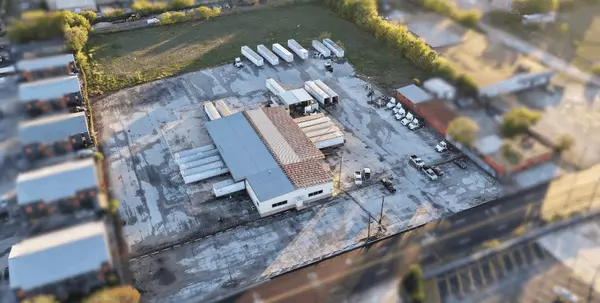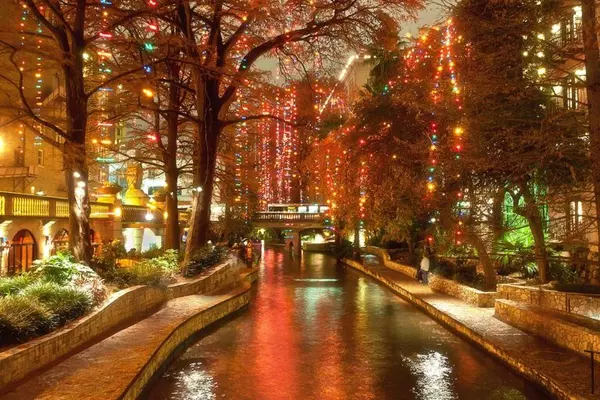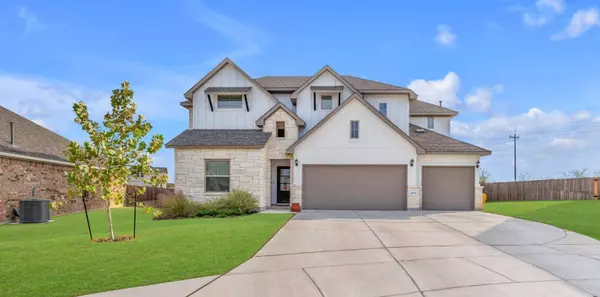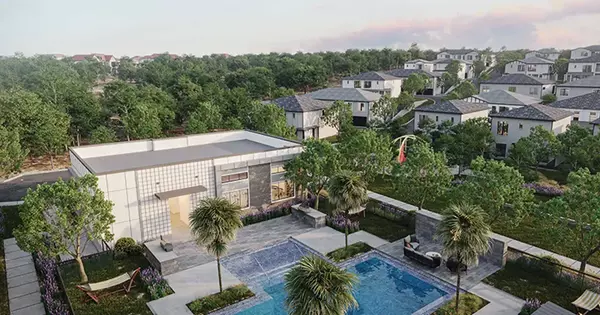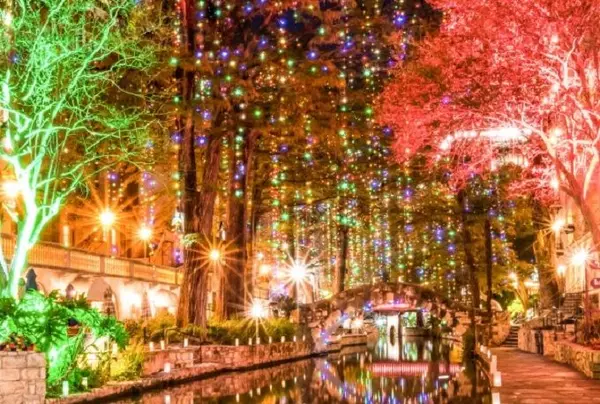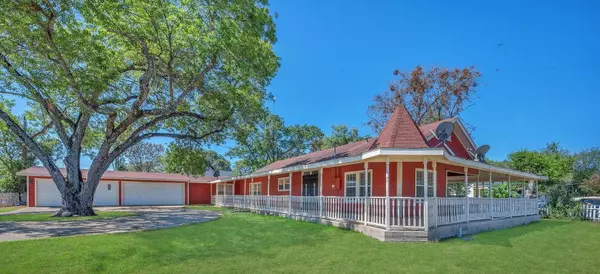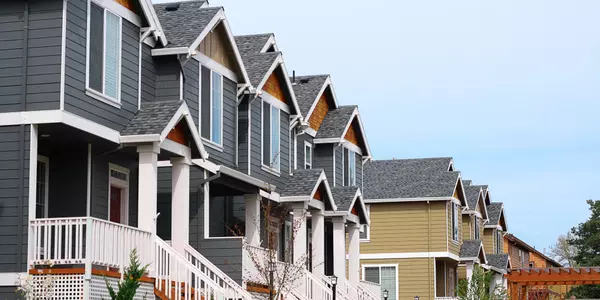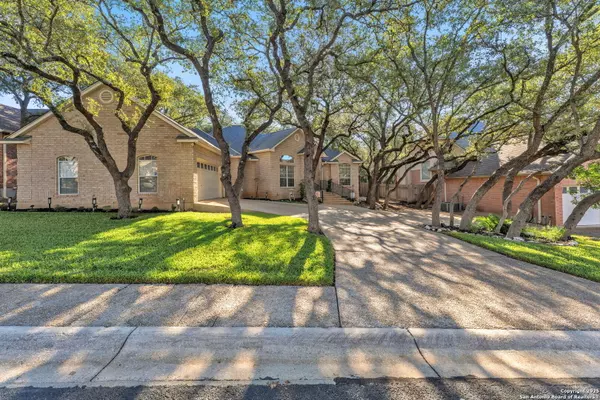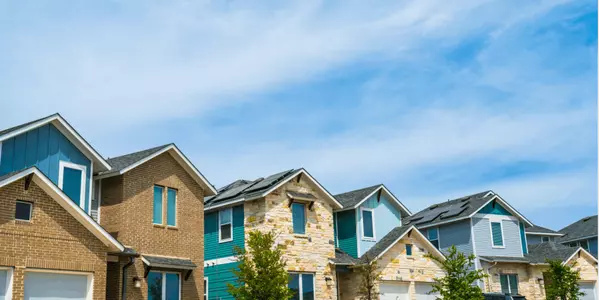Worst Places to Buy a House in San Antonio (2025): What the Data Really Says
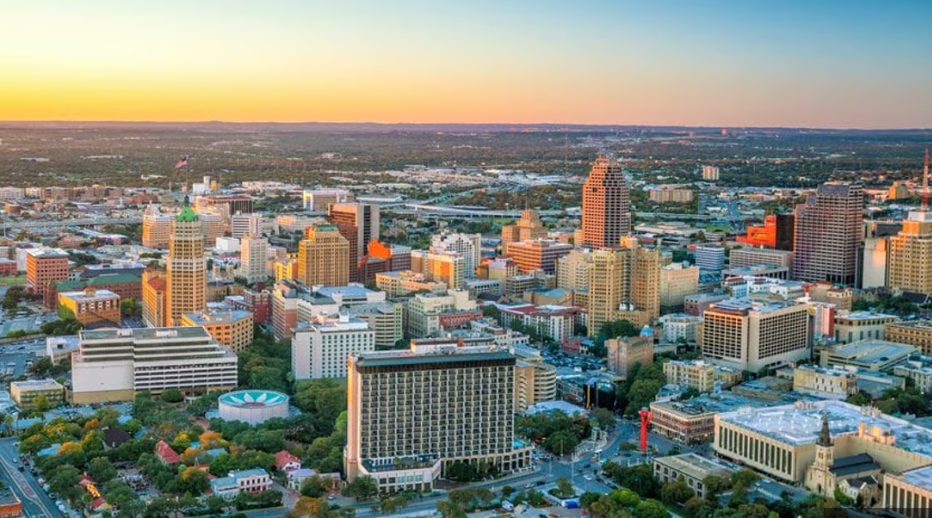
San Antonio is growing fast, but that doesn’t mean every part of the city is a smart place to buy a home. If you’re relocating to San Antonio or thinking about investing here, you need to look past the headlines and Instagram-worthy model homes. Not every new neighborhood is a good deal. In fact, some areas are showing clear signs of oversupply, soft demand, or stalled development.
In this post, I’m breaking down the worst places to buy a home in San Antonio in 2025 based on what I’m seeing every day as a local Realtor, backed by data and trends I track constantly. This isn't about fearmongering. It’s about protecting your investment.
1. Inventory Is at a 10-Year High
San Antonio's housing inventory rose to 5.3 months in mid-2025, the highest since 2013. That’s a huge signal. When inventory goes up this high, it means there are more homes sitting on the market than people looking to buy them. That tilts the power to buyers, sure, but it also means some neighborhoods aren’t attracting much attention.
My take: When you’re looking at a neighborhood, don’t just drive through it and say, "It looks nice." Ask your Realtor: How many homes are for sale here? How long have they been sitting? If it seems like half the street is listed, that's a red flag.
2. Home Prices Are Dropping
Zillow reported a 2.4% dip in San Antonio's median home prices between 2024 and 2025. It might not sound like a lot, but in real estate, small dips like that can signal big shifts—especially when paired with rising inventory.
My take: Some areas can absorb a price dip. But in newer developments or fringe suburbs, even a 2% drop can wipe out a year or two of appreciation. You don’t want to be the person who buys at the peak just to break even in 5 years. Ask: Has this neighborhood appreciated over the last 10 years, or is it just now being built up? If there’s no history, there’s more risk.
3. Listing Activity Is Surging
Active listings in the San Antonio metro increased by more than 20% year over year. That’s a ton of new inventory hitting the market all at once.
My take: Builders are flooding the market in areas like Far West San Antonio, Comal County, and South Bexar. When supply outweighs demand, prices get slashed, and resale value suffers. If you see dozens of builder signs and tons of incentives (like rate buydowns or free appliances), that’s usually a clue that they’re trying to move product—not because it’s a great place to live, but because they overbuilt.
4. Contract Cancellations Are High
San Antonio is among the top U.S. cities for canceled contracts, hovering around 21% in 2025. That means a lot of buyers are backing out after going under contract.
My take: This is a huge signal. It often happens when homes don’t appraise, when buyers discover neighborhood issues, or when insurance and tax costs blow up their monthly budget. If 1 in 5 deals are falling apart, you should ask: Why? Your agent should be able to look into cancellation trends by neighborhood.
5. Days on Market Are Getting Longer
Homes in San Antonio are now sitting an average of 87 days on market. That’s the longest since 2013.
My take: When I show a buyer a neighborhood where nothing is selling and everything’s just sitting, we pause. That means either the price is too high or people just don’t want to live there. You have to ask yourself: If I needed to sell this home 2 years from now, how fast could I move it? If the answer isn’t clear, move on.
6. Overbuilt Suburbs = Risky Investment
Neighborhoods on the Far West Side, Far Northwest, and Comal County have seen thousands of new builds hit the market. Builders have overdelivered inventory without the same pace of buyers.
My take: Overbuilding kills appreciation. I’m not saying don’t buy new construction—I help people do that all the time. But buy in a community that’s selling out, not sitting. If you’re in a phase 2 or 3 that’s moving slower than expected, be cautious. And if your neighbors are getting their homes for $30K less with more incentives, your home won’t stand out in resale.
7. San Antonio Has Shifted to a Buyer’s Market
We’re now in a buyer’s market in many parts of the city. That means buyers are getting more power—but also that sellers are struggling in some areas.
My take: This shift is good for negotiation, but it also means you need to pick your location wisely. A buyer’s market with low demand in a neighborhood isn’t a win. You want a place where homes are still desirable even if prices soften. Ask: Are homes still getting showings and offers here, or are they just dropping price every week?
8. Even Premium Areas Are Showing Cracks
Developments near the Pearl and Broadway—normally considered premium areas—have seen projects stall due to financial uncertainty and slowing demand.
My take: Just because a neighborhood has a high reputation or a cool brand doesn’t mean it’s always growing. I still believe in areas like The Pearl and Broadway, but even these spots can have micro-markets that underperform. Look for active development, not stalled projects.
9. Broader Texas Market Correction Is Coming
Analysts are warning that Texas home prices could dip another 15–20% in the next few years in some overbuilt markets.
My take: Will San Antonio crash? I don’t think so. But I do think that people who buy in the wrong place at the wrong time will get stuck. The outer suburbs with heavy new construction and no infrastructure—those are the ones that could take the hit.
10. Ownership Costs Are Squeezing Buyers
It now costs about 45% more to own a home in San Antonio than to rent one. That’s driving some people to back out or delay buying altogether.
My take: When buyers start choosing to rent instead of buy in a certain area, demand slows and prices follow. If the property taxes and insurance premiums are pushing monthly payments to uncomfortable levels, that’s a warning sign for future resale. Ask: Would you be excited to buy this home if you saw what the payment actually looks like with today’s taxes and rates?
What to Do Instead
Avoid the temptation to chase builder incentives or jump into a new neighborhood just because it looks shiny. Instead, look for:
-
Lower inventory neighborhoods with stable price history
-
Older, established communities inside Loop 1604 or Loop 410
-
Areas with ongoing infrastructure improvements (schools, highways, hospitals)
-
Neighborhoods where homes are still selling in under 30 days
In the next post, I’ll go over some of the best places to buy a home in San Antonio in 2025, including long-established neighborhoods and overlooked micro-districts that I believe will outperform in the next few years.
📬 Brought to you by CallTheCavalryGroup.com — Real estate for the bold and the smart.
Recent Posts
